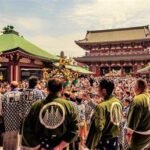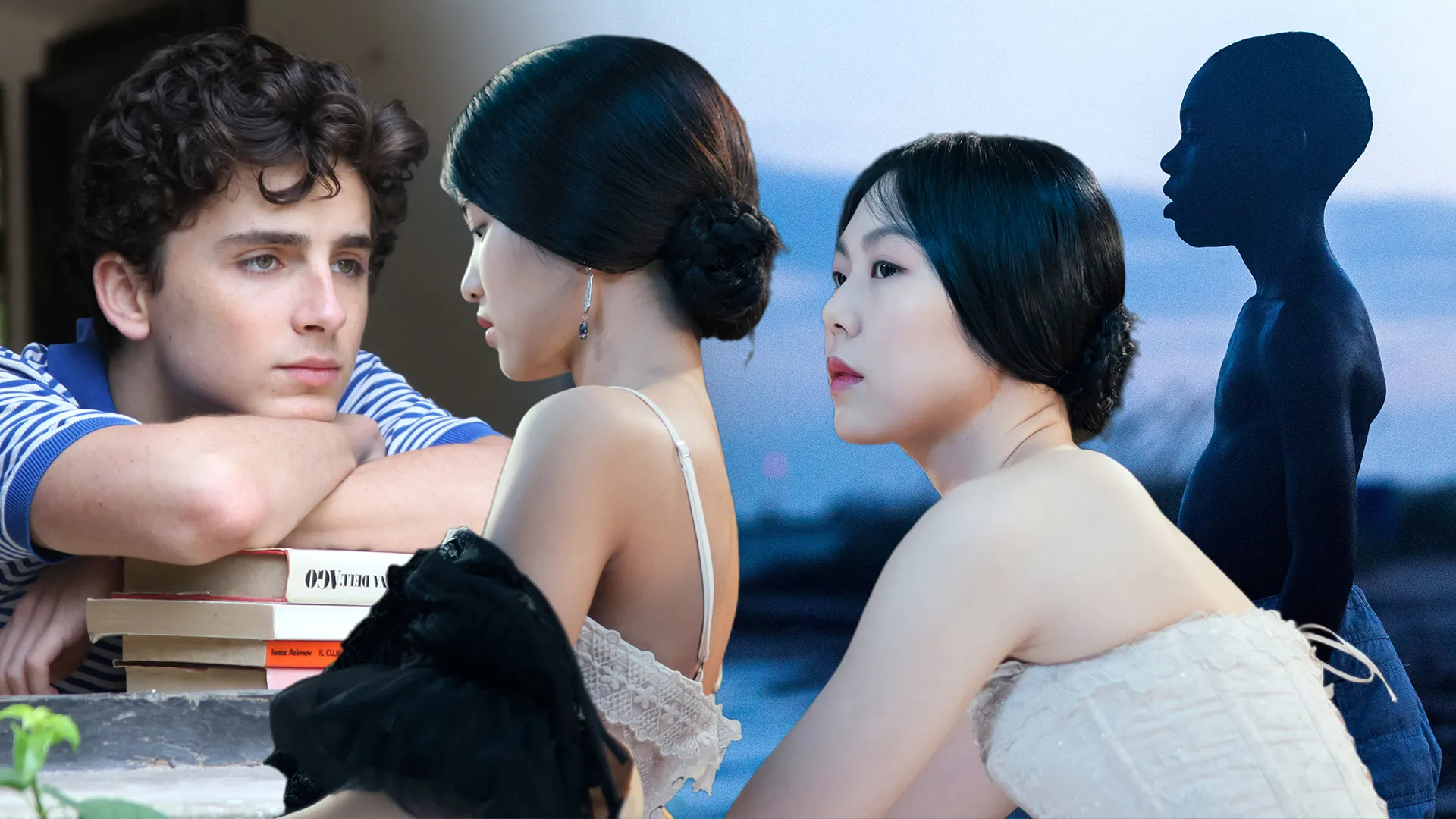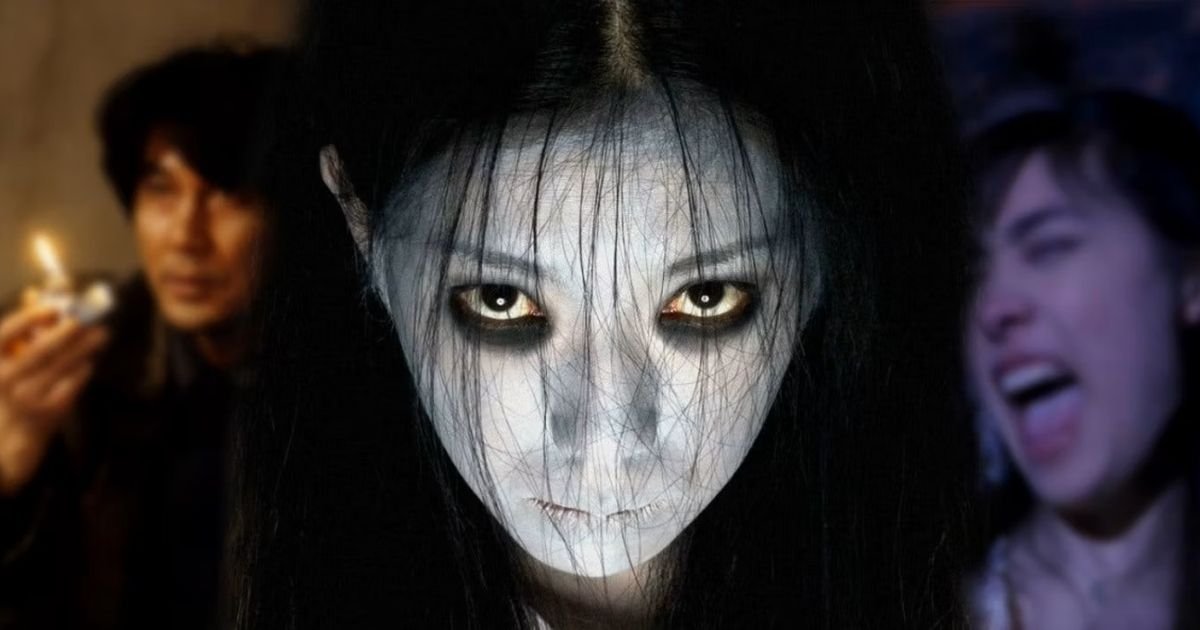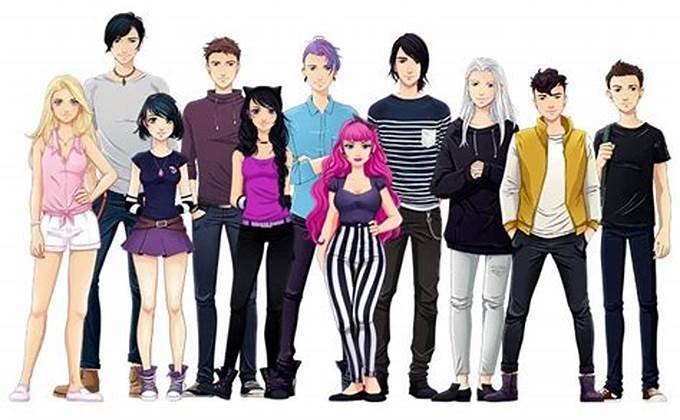Japanese LGBTQ+ cinema has grown significantly over the past few decades, offering powerful narratives that explore the complexities of identity, love, and acceptance within Japan’s cultural framework. These films not only highlight the struggles faced by LGBTQ+ individuals but also celebrate their resilience and humanity. From independent films to international festival hits, Japanese LGBTQ+ cinema provides a vital lens into both personal and societal change.
1. The Evolution of LGBTQ+ Representation in Japanese Cinema
LGBTQ+ representation in Japan has historically been limited, with early portrayals often relying on stereotypes. However, the 1990s marked a turning point, as directors began to approach LGBTQ+ themes with more depth and sensitivity. Today, films explore nuanced perspectives on gender, sexuality, and identity, often reflecting broader societal shifts.
- Key Films: Funeral Parade of Roses (1969), Okaasan no Kioku (1997), Blue (2001).
2. Trailblazing Directors in Japanese LGBTQ+ Cinema
Several Japanese directors have become known for their thoughtful and groundbreaking portrayals of LGBTQ+ characters. These filmmakers use their platform to challenge cultural norms, offering stories of love, struggle, and self-acceptance.
a. Ryosuke Hashiguchi

One of Japan’s most prominent LGBTQ+ filmmakers, Ryosuke Hashiguchi is known for his films that delve into the complexities of same-sex relationships. His works blend humor with emotional depth, focusing on the internal struggles of LGBTQ+ individuals.
- Notable Works: Like Grains of Sand (1995), All Around Us (2008).
b. Naoko Ogigami
Naoko Ogigami is celebrated for her compassionate storytelling, particularly with her film “Close-Knit” (2017), which explores the relationship between a transgender woman and her adopted daughter. Her films focus on family, gender roles, and acceptance, making her a crucial voice in LGBTQ+ cinema.
- Notable Works: Close-Knit (2017), Kamome Diner (2006).
c. Hirokazu Kore-eda
While not exclusively focused on LGBTQ+ narratives, Hirokazu Kore-eda has explored themes of gender fluidity and non-traditional families in several films, adding to the growing representation of diverse identities in Japanese cinema.
- Notable Works: After Life (1998), Nobody Knows (2004).
3. Themes of Identity and Self-Discovery
Many Japanese LGBTQ+ films focus on the theme of identity and self-discovery, particularly within a society that values conformity. These stories often center around young protagonists grappling with their sense of self, navigating both personal and societal pressures.
- Key Films: Blue (2001), His (2020).
4. Challenges Facing LGBTQ+ Cinema in Japan
Despite the progress made, LGBTQ+ cinema in Japan still faces challenges, including limited mainstream acceptance and underrepresentation in larger productions. Independent films continue to push boundaries, but LGBTQ+ narratives often remain niche in Japan’s commercial cinema landscape.
- Key Films: Gohatto (1999), Our House (2017).
5. LGBTQ+ Films Gaining International Recognition
Japanese LGBTQ+ films have also made their mark on the international stage, with several films being showcased at global film festivals. These films not only highlight the universality of LGBTQ+ experiences but also introduce international audiences to the unique cultural aspects of Japan’s LGBTQ+ community.
- Key Films: The Stranger by the Shore (2020), Call Me Chihiro (2023).
6. Celebrating Queer Love and Relationships
Queer love is a central theme in many Japanese LGBTQ+ films, depicted in a way that emphasizes tenderness, connection, and humanity. These films break away from tragic portrayals, instead offering hopeful and empowering narratives about love and relationships.
- Key Films: What She Likes (2021), Of Love & Law (2017).
7. Anime and LGBTQ+ Representation
LGBTQ+ themes are also present in Japanese anime, though often in a more coded or symbolic form. Some anime explore gender identity and sexual fluidity more overtly, reflecting the gradual shift towards inclusivity in storytelling.
- Key Films: Doukyuusei (2016), Revolutionary Girl Utena (1999).
Conclusion
Japanese LGBTQ+ cinema continues to evolve, offering powerful, heartfelt stories that resonate both locally and globally. Through the lens of talented filmmakers, these films contribute to the ongoing conversation about identity, acceptance, and love, shining a light on the experiences of Japan’s LGBTQ+ community and providing a platform for change.










